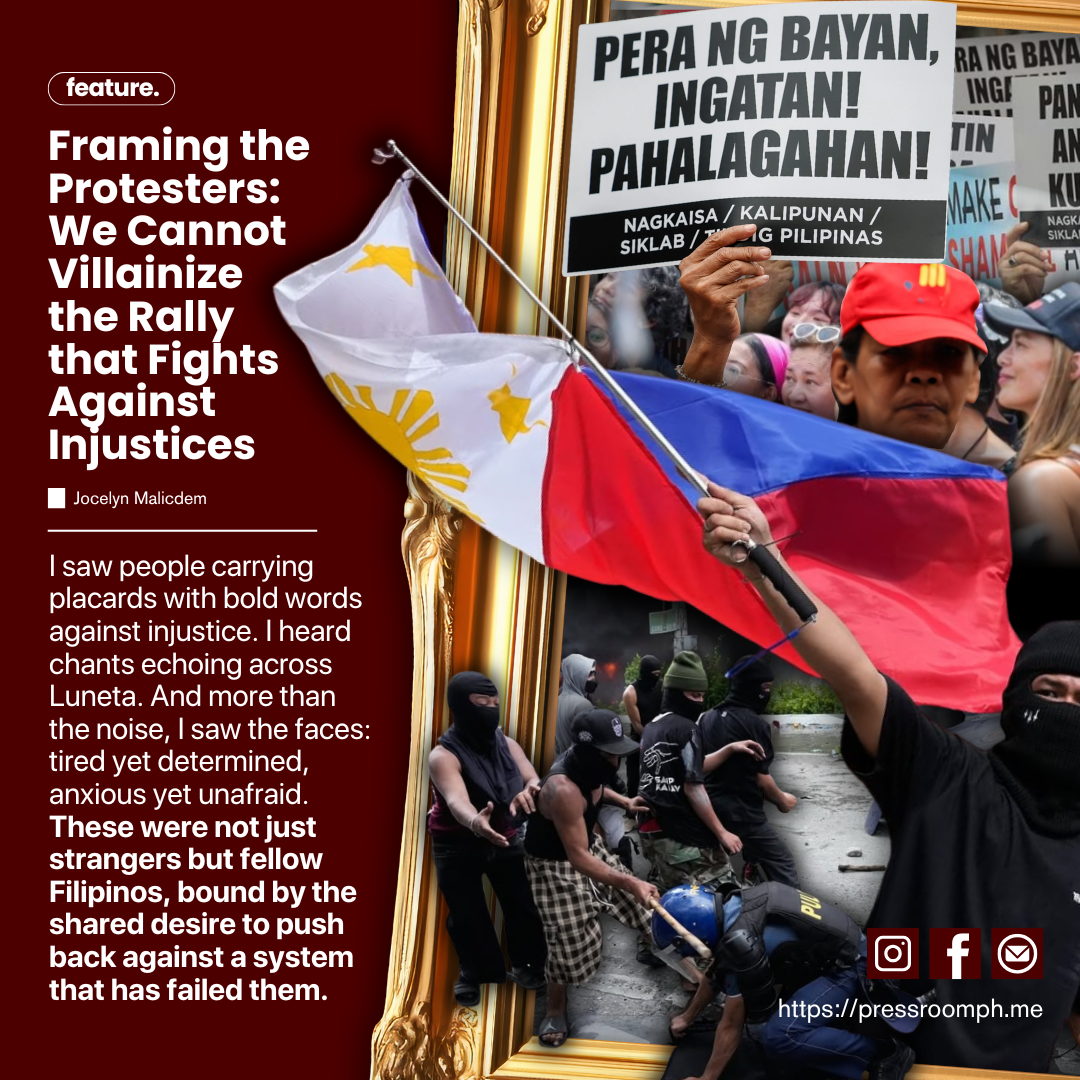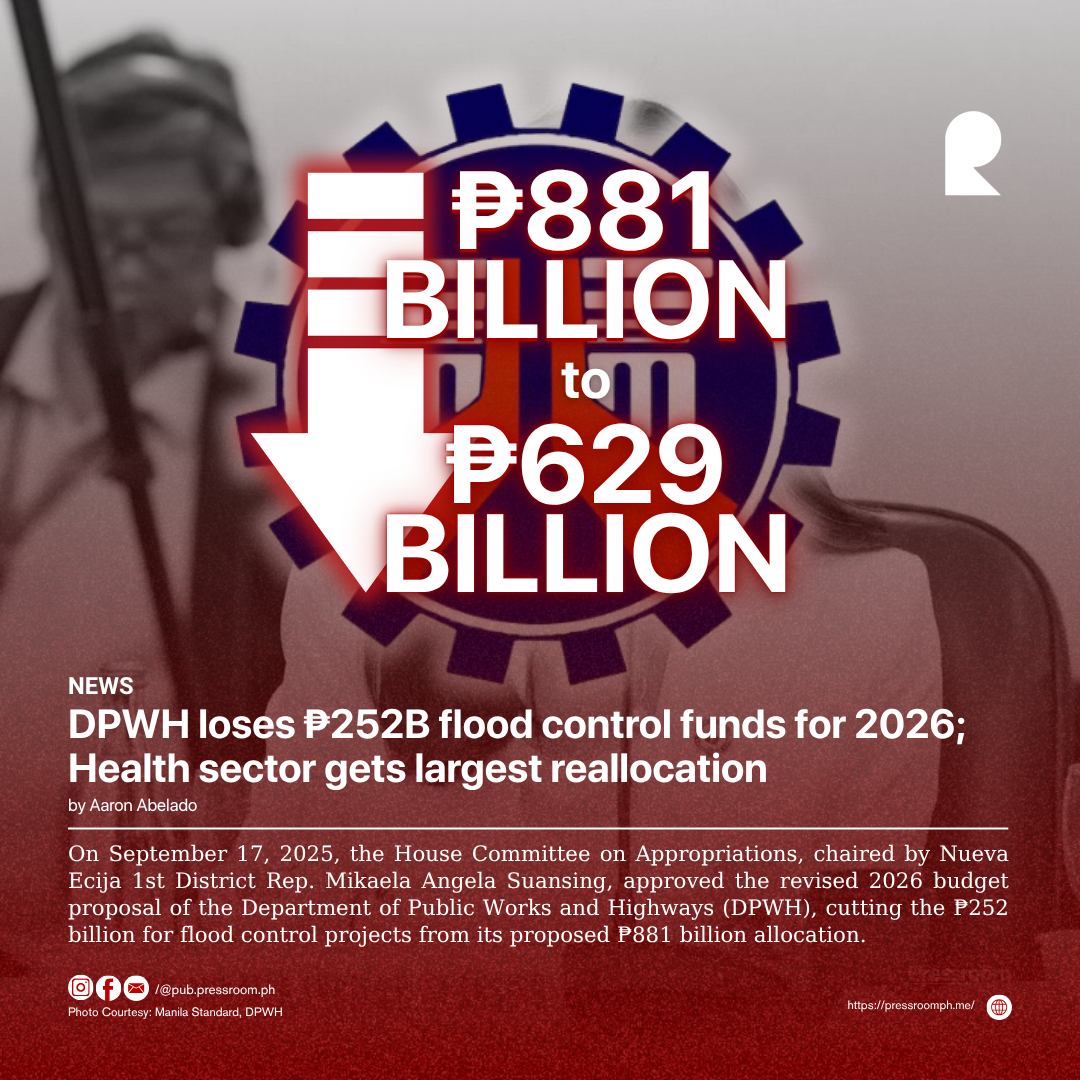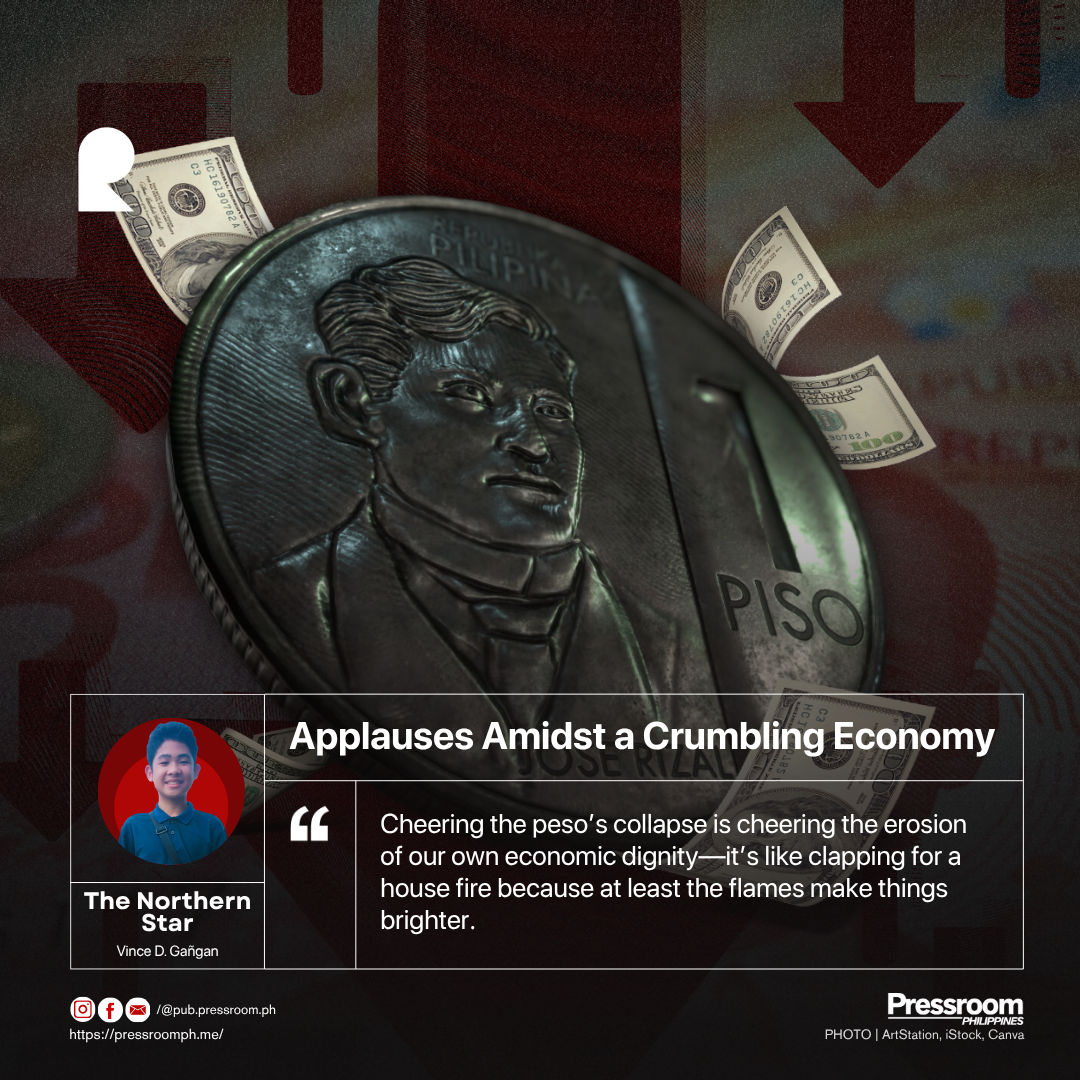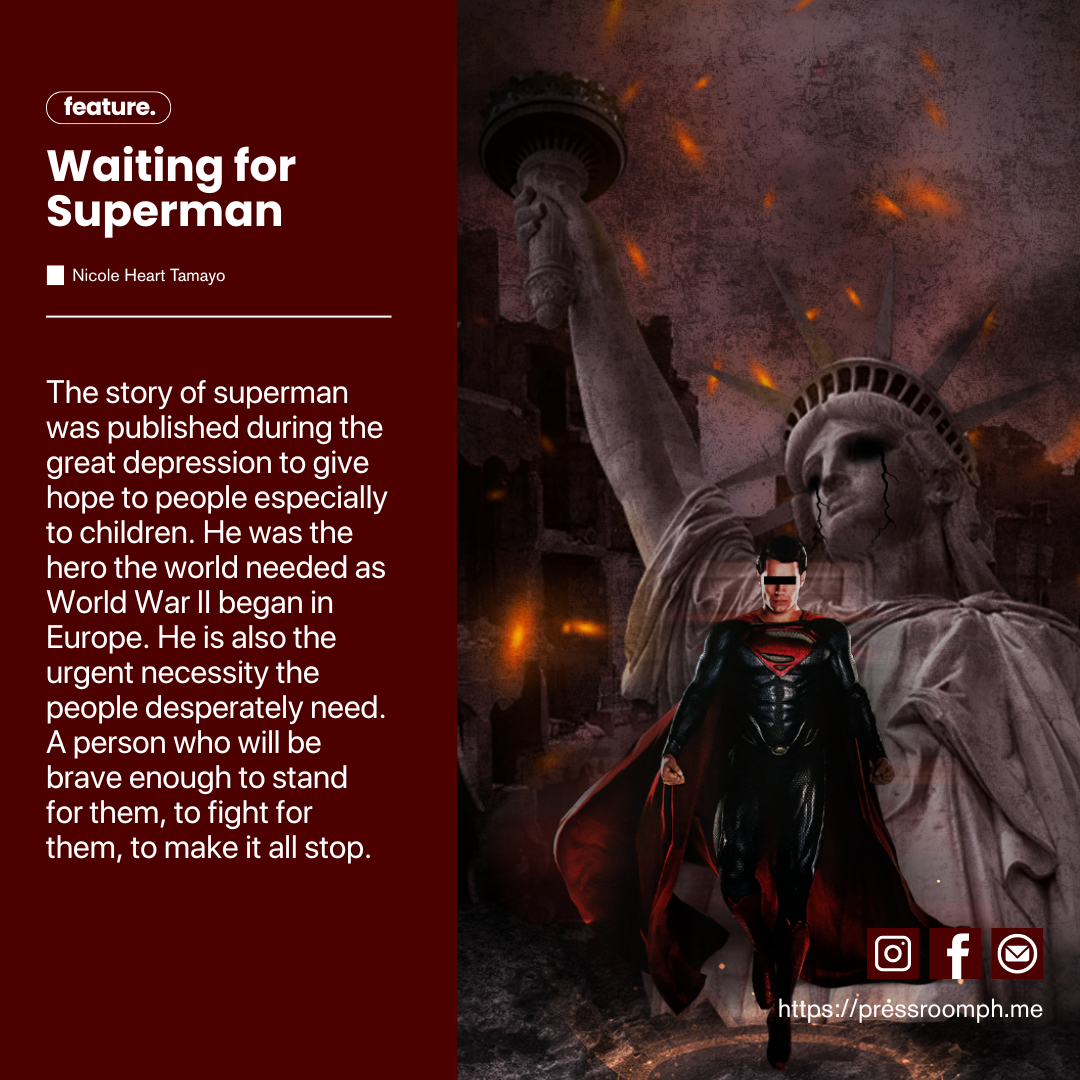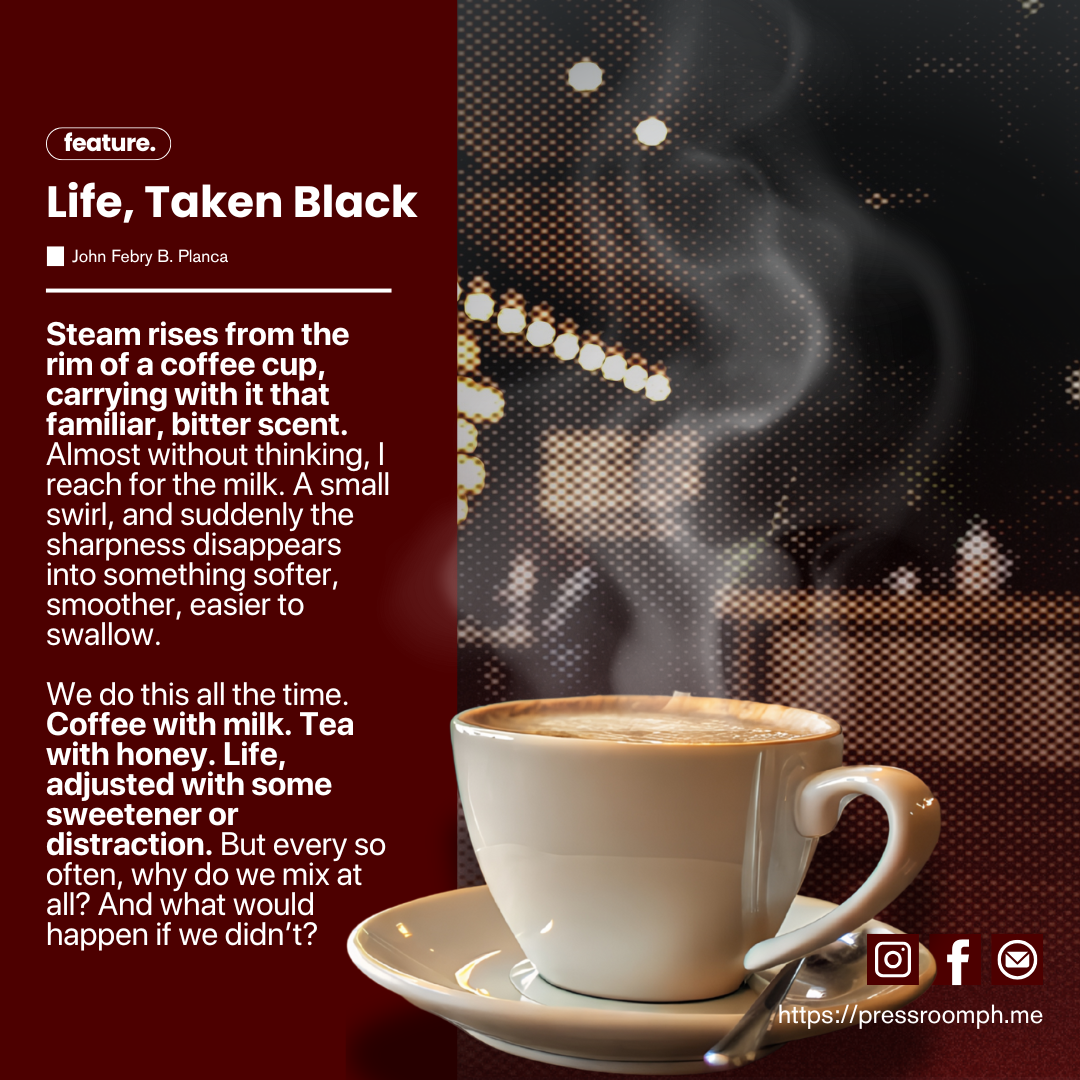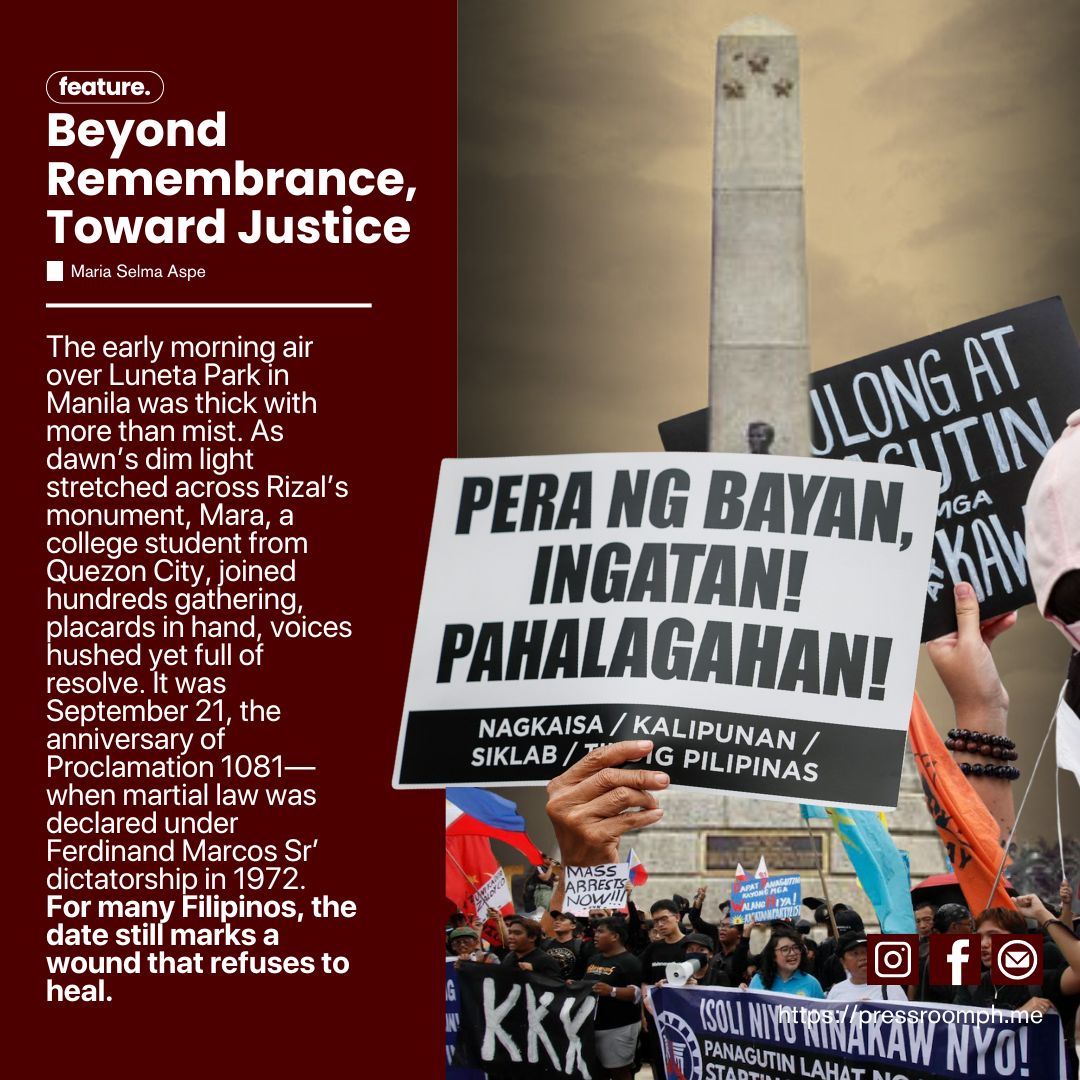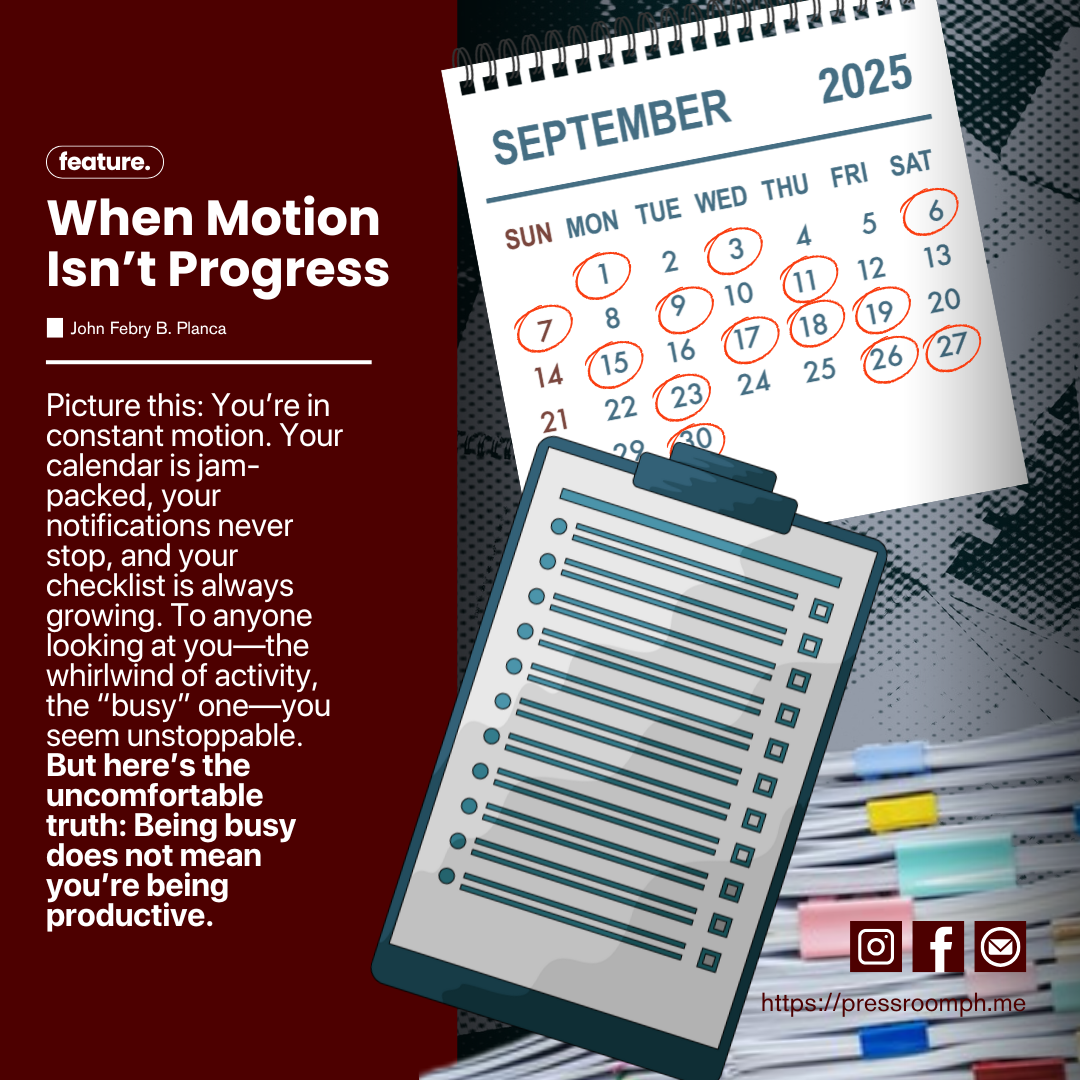Over a hundred thousand protesters rallied through the streets in the Philippines, a country where corruption has long been woven into the political system. I was there among them, moving through the crowd, feeling the collective weight of frustration and hope.
I saw people carrying placards with bold words against injustice. I heard chants echoing across Luneta. And more than the noise, I saw the faces: tired yet determined, anxious yet unafraid. These were not just strangers but fellow Filipinos, bound by the shared desire to push back against a system that has failed them.
The crowd was not one kind of person—it was everyone. There were elders who had marched during the Marcos years, young students experiencing their first rally, katutubos carrying banners of their own, public figures lending their voices, even families bringing their children along. It was a sea of diversity united by one message: corruption must end.
But how this moment is remembered depends heavily on how the media tells it, and how the people in the office take accountability for what went wrong.
Some reports highlight the unity and urgency of the movement, showing the human side of the protesters: their chants, their tears, their courage. Others, however, focus on isolated incidents, painting the rally as chaotic, unruly, even dangerous. These angles matter because they shape how the rest of the country, especially those who weren’t there, come to view the protest.
Standing in that crowd, I knew what I was witnessing was not violence, but passion. It was not lawlessness, but citizens demanding accountability. Yet in social media, and statements of public figures that followed, some narratives seemed to strip away the humanity I had seen with my own eyes. The choice of frames risked drowning out the real story: ordinary people fighting for justice.
The rally reminded me that while protesters raise their voices in the streets, it is often the framing in the media that decides whether those voices are amplified—or silenced. And that is why we cannot allow the movement to be villainized. What I saw in the rally was not a mob, but a movement.
